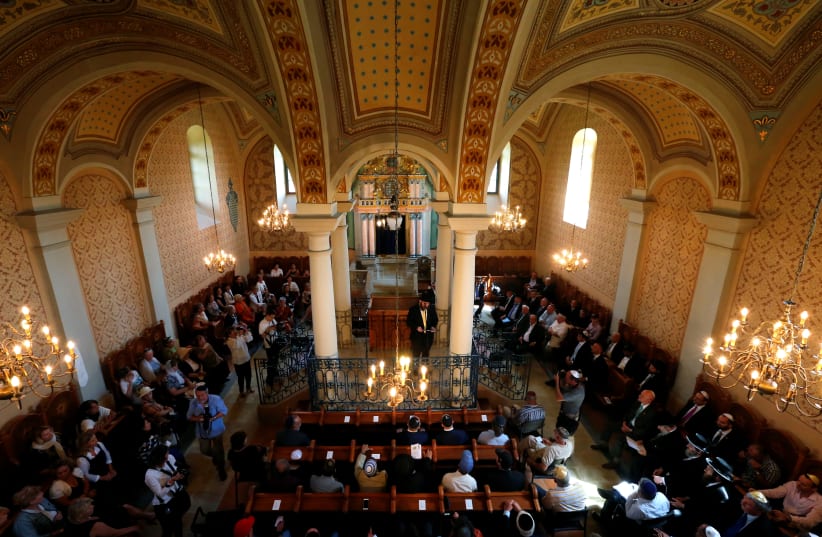European Jews accuse communal leaders of playing the antisemitism card
The article by the right-wing Figyelo magazine about the Mazsihisz Jewish group triggered an outcry locally and internationally. But it wasn’t over the problems the article sought to expose.
